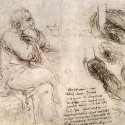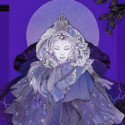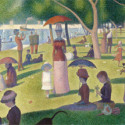As we begin a new academic year when students of all ages are starting or returning to school, it’s important to consider what it is we’re trying to provide in a 21st century education.


As we begin a new academic year when students of all ages are starting or returning to school, it’s important to consider what it is we’re trying to provide in a 21st century education.

Arts educators are also artists who are constantly practicing and learning to expand their own understanding and abilities.

A recent performance of Gustav Mahler’s massive Symphony No. 2, Resurrection reminded me of the deeply expressive content of the work, but it also showcased both the remarkable genius of the composer and the expertise of the conductor and musicians.

Visual artists see variations in color that others don’t see. While everyone may sense the effect of color, non-artists miss the subtleties of the full spectrum.

Artistic expression is much more than a skill or a line of work. It’s an imaginative, inspired, and innovative way of communicating and living life.

Last weekend was Summer Arts Weekend in Boston. What a wonderful way to bring people together. In fact, communities all over the world are enjoying arts festivals of all kinds this time of year, a worldwide recognition of the importance of the arts in uniting communities.

The artistic process requires flexibility—the willingness to let go of something and to take a new direction. Artists are well poised, through their ability to stay open, responsive, and resilient, to adapt to complex challenges in their own world as well as in the world at large.

This quote by Nobel Prize winning author André Paul Guillaume Gide was particularly relevant last weekend as the country celebrated more than two hundred years of independence.

Line is one of the most fascinating and essential elements of artistic expression. Artists create emotional impact in their works by exploring the visual and aural qualities of line, which can be short, long, straight, curved, thick, thin, horizontal, vertical, diagonal, zigzagged, combined, or implied.

Pointillism is an artistic technique that allows the viewer or listener to step back and see how individual points can come together to create a whole. The term is most closely associated with Georges Seurat and particularly his most famous work, A Sunday Afternoon on the Island of La Grande Jatte.